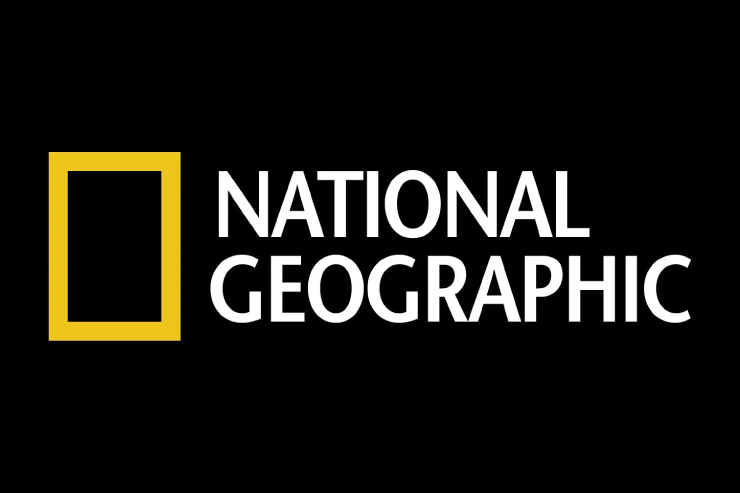In 2023, we were proud to be featured on the National Geographic website! Below is a snippet of our featured post:
NORWICH, England—“A big thorn bush and a load of brick rubble,” says Sarah Smith, recalling the pre-pandemic state of her printing company’s yard on the outskirts of this medieval east England city.
A couple of years on, it has been transformed into a miniature mosaic of wildflowers, grasses, lavender, and poppies. There are ponds, a rock garden, a vegetable patch, herbs, and a little compost heap decomposing merrily in the sun. Birdsong battles with the thrum of the refrigeration unit at the meat wholesaler next door, bees stock up on nectar as they pass by the warehouses, and field mice scurry through the chain link fence in search of shade, seeds, and insects. It is messy and bursting with life.
This patch of converted wasteland may be only a few hundred square feet, but it is part of a broad movement that aims to reconnect people with nature—and repair some of the catastrophic biodiversity loss that has led to the disappearance of nearly half of Britain’s wildlife and plant species since the Industrial Revolution. Smith and her project are part of a rewilding campaign run by WildEast, a nonprofit encouraging people to let 20 percent of whatever they have grow wilder, whether by creating a pond for wildlife in the backyard, letting churchyard grasses grow long, or turning acreage on private estates back to nature…












